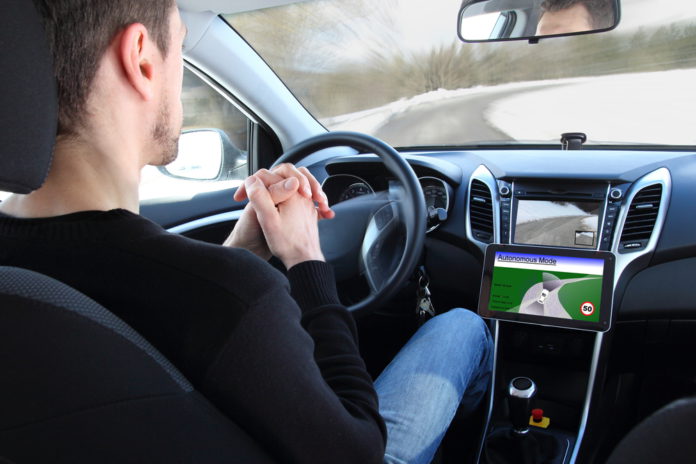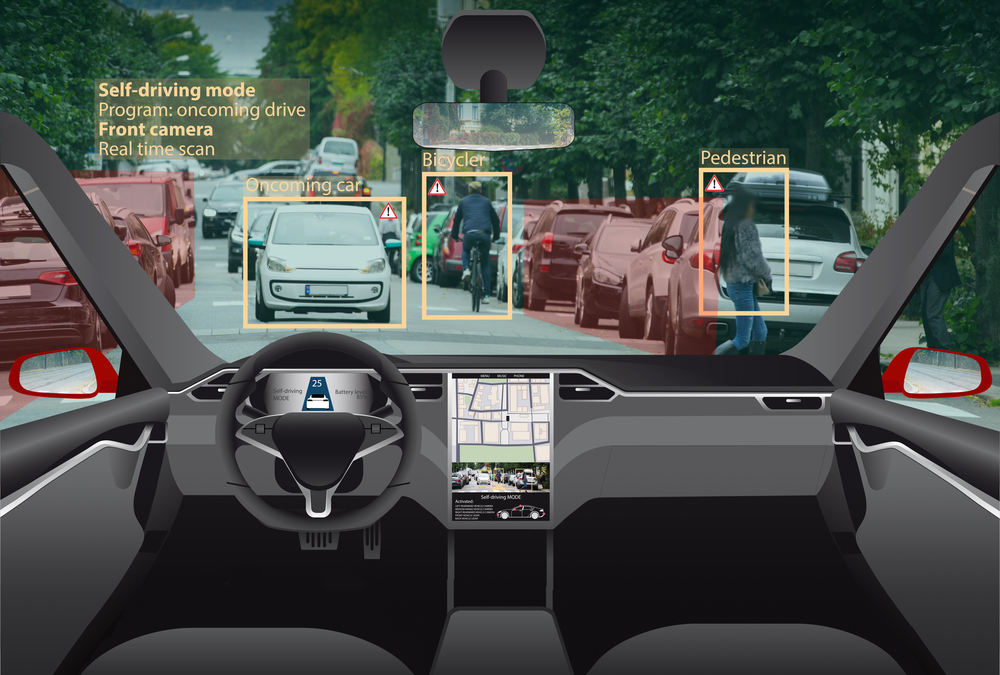
Back in 2015, Elon Musk made this pronouncement about the future of self-driving cars, “We’re going to end up with complete autonomy, and I think we’ll have complete autonomy in about two years.” At that time, I was a technology leader at Trimble, a company making advanced positioning systems and automatic navigation for farm tractors, among other things. I bet a couple of my colleagues that we were at least 10 years away from self-driving cars becoming a practical reality.
But what seemed far off then is now just around the corner. Some might argue it’s already here. At the beginning of March, the California Public Utilities Commission issued a ruling allowing “robotaxis” from Waymo, the driverless car arm of Google (Alphabet), to operate on peninsula highways, and in Los Angeles. This was a controversial decision, one made over the objections of San Mateo County and Los Angeles County officials.
If you think self-driving cars are a beefed-up version of the advanced driver-assist systems widely available today, I’m hoping to change your mind. The widespread deployment of self-driving cars represents nothing less than an entirely new form of transportation. This will alter where and how we live, how cities are laid out, highway safety, and more.
The big idea behind self-driving cars is not that you can watch TikTok while commuting to work. It’s that cars can be available to fetch you on demand from your location and deliver you to a desired destination (ok, maybe while watching a video). Essentially a fleet of self-driving Ubers or Lyfts at your disposal. In fact, that’s exactly what’s happening under the new CPUC ruling. Adding to experimental self-driving taxis already on San Francisco and Phoenix streets, Waymo will incrementally add cars to nearby highways and SoCal streets (though not yet on LA freeways).
The failures of some of these experiments—including a spectacular accident by a Cruise (GM) car in San Francisco last year—receive a lot of press attention. But the quiet successes continue, with roll-outs of self-driving fleets broadening in California and elsewhere. Why should you be paying close attention? Let me appeal to both your head and your heart.

First, the data…
Waymo estimates its driverless cars are involved in almost seven-times fewer injury-causing accidents compared with ones involving only human drivers. That data is based on over 7 million miles traveled by Waymo vehicles. Yes, driverless cars will still become embroiled in accident investigations—maybe as a result of a technology glitch, or perhaps because a deer suddenly jumped into the roadway.
The right question is: Will the average self-driving car fare better than the average human driver? The answer seems to be a resounding yes (though some experts claim 7 million miles is too small of a sample). This advantage for self-driving cars will only grow over time.
Multiple studies show passenger cars sit idle for 95% of their life. Can you think of anything else you spend so much money on but use so little? Anywhere that Uber/Lyft/taxis work will be served better by self-driving car fleets. Sure, a plumber still needs a truck with tools, but the vast majority of us just need a ride.
Think about a world where you don’t own your car, but instead can summon your preferred ride at a moment’s notice. I don’t want a four-person car to get to work. I’ll just ask for the one-seater. If I don’t own my car, I may not care much about its design. My ride doesn’t reflect my ego or economic status. So, could safety become the primary consideration?
The ‘head’ part of the equation
America spends about $143 billion annually on road construction and maintenance. One of the most difficult and expensive tasks is to increase road capacity. Think about widening Highway 17 from Los Gatos to Santa Cruz, for example. Nearly impossible.
In a future where every car is self-driving, we could potentially double the capacity of freeways by cars driving closer together, since they can rely on the split-second decision-making of a behind-the-scenes intelligence network.

On to matters of the heart
If Waymo’s estimate is right (that its cars are seven-times less accident-prone than human-driven ones), increasing self-driving transportation networks would result in traffic fatalities plummeting. In 2022, there were approximately 42,000 traffic deaths across America. Considering Waymo’s data—that self-driving cars get into about 85% fewer injury-producing accidents, the promise of saving a significant number of lives is very real.
We all know people who shouldn’t be driving. Our cities and suburbs assume the availability of cars, so people who are physically limited in some way still have an incentive to drive. What a boon for elders to be able to dial-up a self-driving vehicle on demand—instead of putting themselves and others in harm’s way. (Not to mention those that are driving “under the influence.”)
And think what could happen to cities: We could reclaim most of the parking space. We could expand greenbelts, or allow businesses to flourish where cars once sat inactive. Parking and/or charging could take place in lower-cost warehouses further afield.
So, why don’t we have self-driving cars all around us today? Well, they’re complex, and have taken more than a decade to develop. Also, the sensors—computer, cameras, radar, and “LIDAR” 3D-imaging technology—are expensive. Think many 10’s of thousands of dollars per car. But prices have come down substantially over the past decade, and will continue to drop.
The tech for limited but safe deployment of self-driving cars exists today. A key limiter now is the legal aspect. Under California product liability laws, it is likely autonomous car companies would be liable for accidents related to product defects. Some experts believe the current framework will work just fine, while others think, with human variability out of the picture, a “no fault” approach to car accidents makes sense.
Many politicians, and others, who are acutely aware of the risk of traffic collisions involving self-driving vehicles, and wary of this rapid paradigm shift, prefer a “go slow” approach. There are few inventions that promise to save as many lives, give us more freedom, save as much money, and—importantly—turn what’s often a frustrating and frenetic portion of our day into free time.
Self-driving cars will do this. And, widespread deployment won’t take another decade. Maybe Elon’s 2015 quote will ring true for 2024.
Doug Brent is an independent director at Anova, an Industrial Internet of Things company. His career in Silicon Valley has spanned four decades and included leadership roles at Trimble, ICANN, IBM and Packet Design. He’s also the incoming president of Los Gatos Rotary.










